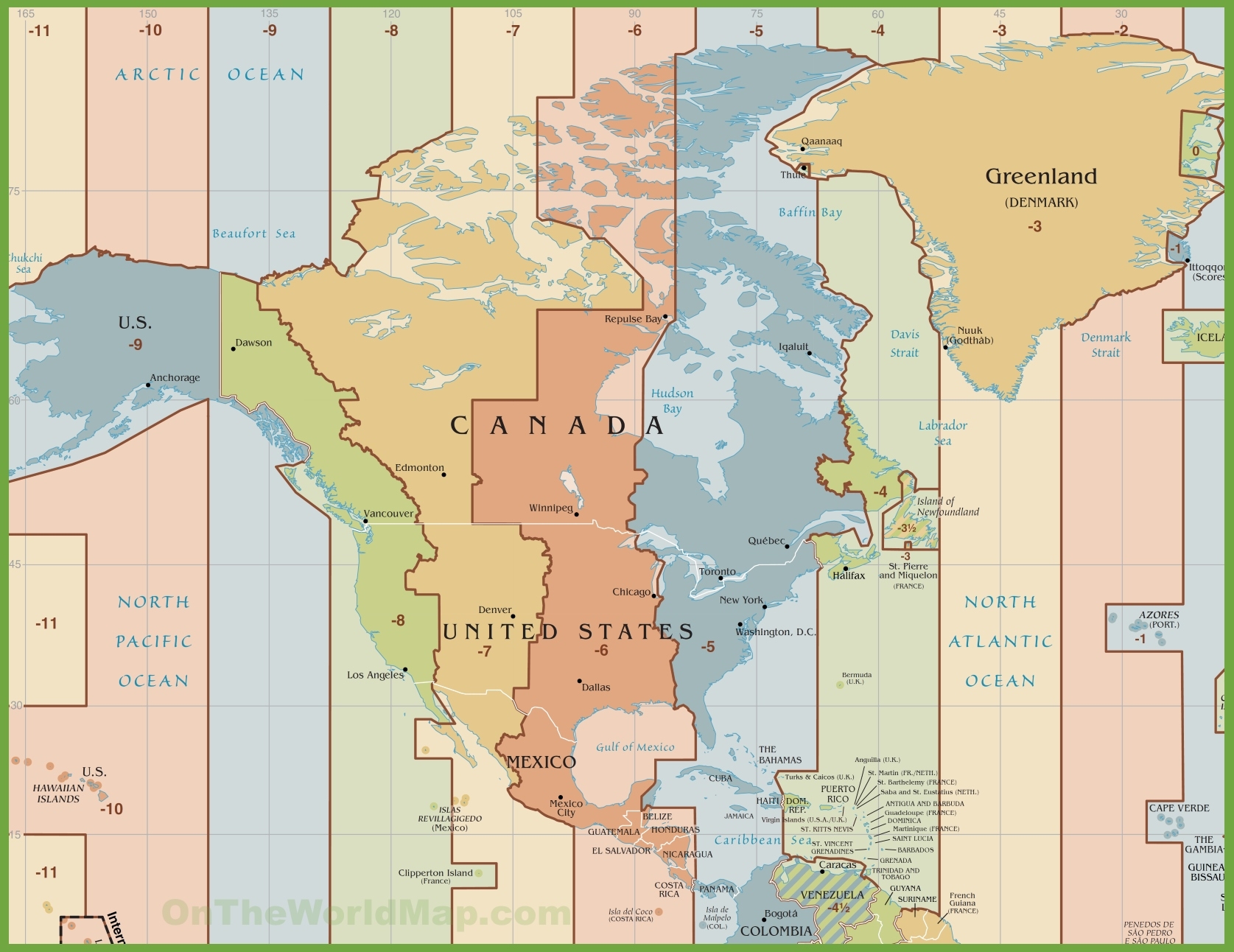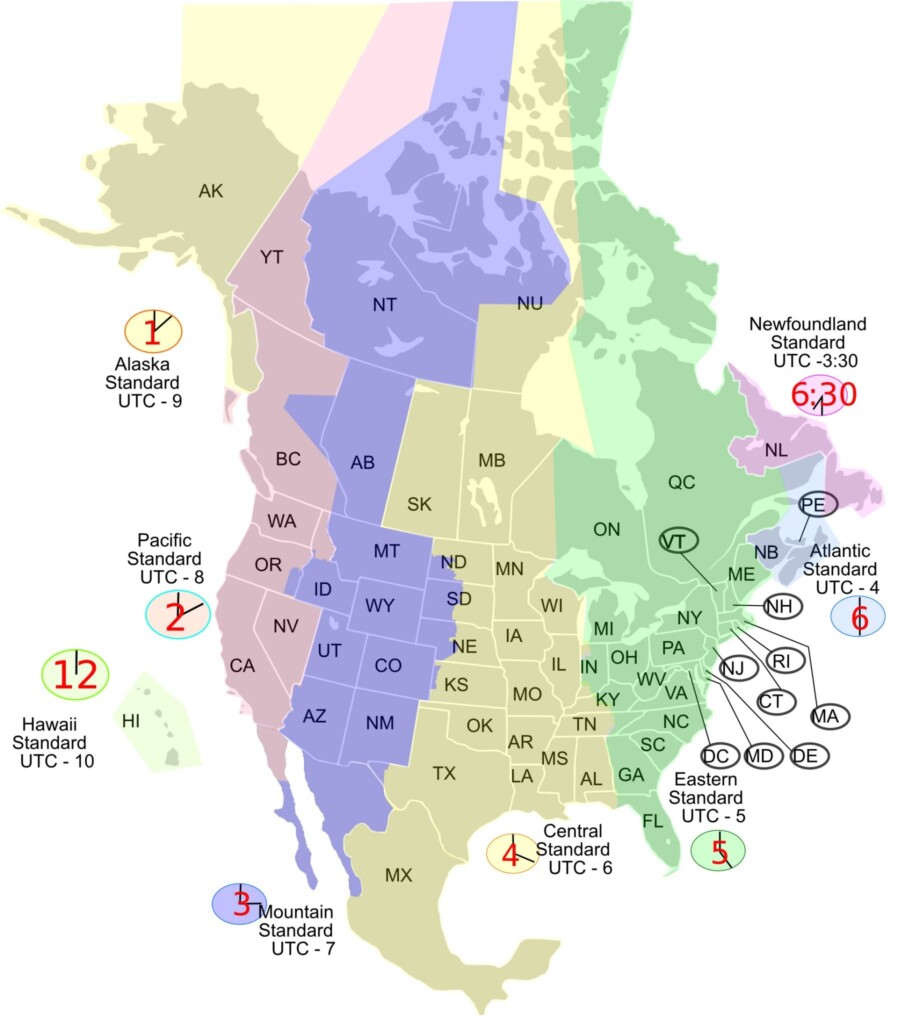Time zones play a crucial role in coordinating activities and scheduling events across different regions. In North America, there are several time zones that vary based on geographical location. Understanding these time zones is essential for businesses, travelers, and anyone who needs to communicate or work with people in different parts of the continent.
The Eastern Time Zone is one of the most populous time zones in North America. It covers the eastern part of the United States and Canada, including cities like New York, Toronto, and Miami. This time zone is 5 hours behind Coordinated Universal Time (UTC-5) during standard time and 4 hours behind during daylight saving time (UTC-4).
Central Time Zone
The Central Time Zone is located in the central part of North America, including cities like Chicago, Dallas, and Winnipeg. This time zone is 6 hours behind Coordinated Universal Time (UTC-6) during standard time and 5 hours behind during daylight saving time (UTC-5). Understanding the Central Time Zone is crucial for businesses that operate in the Midwest and southern regions of the continent.
Pacific Time Zone
The Pacific Time Zone is located on the west coast of North America, covering cities like Los Angeles, Seattle, and Vancouver. This time zone is 8 hours behind Coordinated Universal Time (UTC-8) during standard time and 7 hours behind during daylight saving time (UTC-7). It is important for businesses and travelers on the west coast to be aware of the Pacific Time Zone when scheduling meetings or flights.

